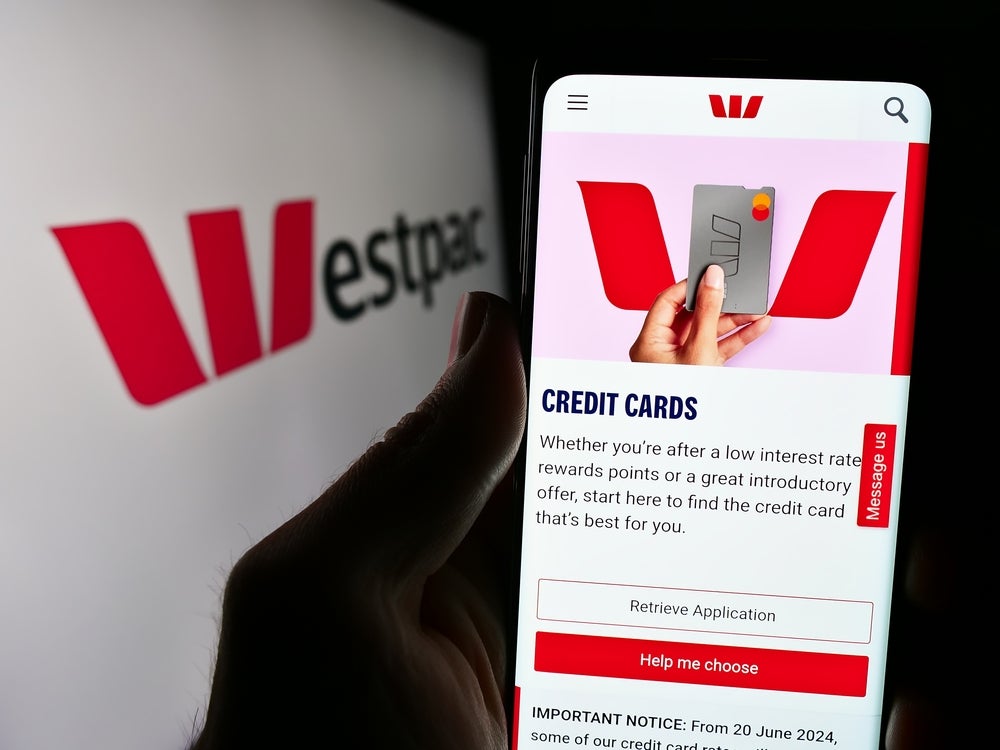Debit cards and current accounts represent the biggest
opportunity for card issuers to gather data on their customers, but
have traditionally been seen as loss-leading products. This
article, an excerpt from VRL’s latest report, Debit Cards as
Profit Drivers, focuses on debit loyalty and rewards
programmes.
Loyalty programmes serve a number
of purposes for issuers – they can guide customer behaviour, deepen
loyalty among customers and increase customer loyalty to affiliated
merchants, and also be used as a tool for cross-selling.
Loyalty can be measured in two
different ways: attitudinal, what people say they do; and
behavioural, what people actually end up doing (two things that do
not always coincide). It is very important to note this distinction
when designing loyalty programmes.
Research from MasterCard shows that
30% of consumers will pay twice as much for the brand they are most
loyal to, indicating that loyalty is more than just a function of
price – it represents a complex combination of attitudes and
emotions that make customers feels connected and personally
attached to a product, brand or service.
Loyalty is therefore not just about
handing out rewards; it’s about rewarding customers for positive
debit card behaviour, which by extension means profitable behaviour
for the issuer. In the US, it has already reached a point where
consumers expect reward programmes with their card.
How well do you really know your competitors?
Access the most comprehensive Company Profiles on the market, powered by GlobalData. Save hours of research. Gain competitive edge.

Thank you!
Your download email will arrive shortly
Not ready to buy yet? Download a free sample
We are confident about the unique quality of our Company Profiles. However, we want you to make the most beneficial decision for your business, so we offer a free sample that you can download by submitting the below form
By GlobalData
Clear benefits
MasterCard research in the US shows
that cardholders who have cards associated with reward programmes
spend twice as much as those whose cards are not associated with a
rewards programme. Research also indicates that reward cardholders
become dormant and churn a lot less frequently than those
portfolios that do not have rewards associated with them.
The average churn is somewhere
between 5% and 10% on a rewards portfolio, versus somewhere between
18% and 20% on a non-rewards portfolio.
The key trends in loyalty
programmes that MasterCard has identified are:
For many programmes, the level of
debit card rewards on offer comes close to or equals the level of
rewards on offer in credit card programmes. Annual fees for
high-end airline rewards programmes, such as the
Citibank/AAdvantage Debit Card ($65) and the Signature Rewards
programme marketed by Merrill Lynch ($95), represent the high end
of the market.
Rewards in those programmes mirror
those of credit card programmes. With levels of credit card
spending now stalling or declining in many markets, issuers have
begun to focus more on increasing the attractiveness of debit card
rewards.
But the big banks do not get it
right all the time either. In 2005, Wachovia, the US bank taken
over by Wells Fargo in 2009, began trialling a loyalty programme
aimed at affluent customers, called the ‘Honors’ rewards
programme.
To be eligible for the programme,
customers needed $75,000 in total balances and possess one of
Wachovia’s current accounts with higher balance requirements.
Wachovia’s rewards points were based on a customer’s balance level
across a number of products and services.
Participants were rewarded one
point for every $20 in average balances for each account every
month. Rewards included traditional travel and retail discounts,
and the programme also included a dedicated personal banker. The
programme ended after less than a year because of limited customer
interest, according to the bank.
Wachovia had estimated the average
participant would accumulate enough points in the first year for a
round-trip plane ticket anywhere in the US, but these projections
were not met. However, rewards can encourage greater use of debit
for smaller, cash-dominated transactions. Forty-five percent
of all transactions are still made by cash and cheque: a huge
opportunity for issuers to consider ways to differentiate their
products and target cash and cheque expenditures.
Focusing on the small
things
According to figures from Visa,
participants in debit card rewards programmes conduct, on average,
3.4 more transactions per month and spend, on average, $128 more
per month, than those not enrolled.
There are also significant
differences in the level of rewards offered to signature debit
cardholders and PIN debit cardholders. Tying rewards to
signature-based debit can steer cardholders away from less
profitable PIN-based transactions, and the vast majority of US
debit rewards programmes exclude PIN-based transactions entirely to
encourage signature-based volume.
Incremental interchange income
plays an important role in funding debit rewards, along with
membership fees and related transaction fees. For some
institutions, this revenue mix is enough to make debit rewards
self-sufficient, but most also account for cost savings in steering
customers away from cash and cheques and away from PIN-based
debit.
Thanks to the tighter margins on
the debit portfolio, some US rewards programmes carry annual fees,
although those fees still represent a sizeable minority of top
issuers. Debit card rewards programmes, such as those offering
cashback or merchandise discounts, can also act as a catalyst for
making the cardholder use the card more often in place of cash and
cheques, and as merchant acceptance increases, frequency of usage
will also increase.
The importance of a defined
goal
However, when offering a debit
rewards programme, the issuing institution needs to have a clear
idea of what they’re trying to achieve. Is it increased fee
revenue, higher customer retention or growing deposits?
Issuers also need to consider
whether the expected revenue will more than offset the cost of
providing the rewards programme. When gauging the level of rewards
programme to offer, issuers might target new and low-spending
customers with usage-based rewards. However, profitability could be
damaged if the same kinds of rewards are offered to high-value or
high-spending customers.
Alternatively, high-spending
customers or those who typically use their debit cards to make
high-value purchases may instead be offered something akin to an
elevated membership status with service that one would normally
reserve for premium-level cardholders.
Debit card rewards programmes can
offer a wide range of rewards including points that can be redeemed
for rewards, rewards on offer from co-brand partners and so on, and
also cashback. Many cashback programmes are funded by the merchant
who offers cashback at the point of sale, who will then reimburse
all or part of the cost of providing the reward to the issuer.
However, although cashback is one of the most popular reward
options, it also comes with the highest cost.
Points redeemable for rewards are
also very popular with cardholders, although there is little
differentiation among programmes.
Co-branded rewards, such as air
miles, are centred on leveraging the issuer’s partner brand to
increase card usage and retention. Indeed, co-branded airline debit
rewards programmes are the most popular form, although retailer
co-brand programmes are gaining traction.
According to figures from First
Annapolis, although the debit rewards value proposition to
consumers is significantly less than that of credit rewards (around
25 to 40 basis points for debit versus around 100 to 125 basis
points for credit), issuers have found that debit rewards generally
boost total card spend. Activation rates are far higher on rewards
cards than on a non-rewards offering with a higher average spend
per card.
A key difference between ‘debit and
credit card reward redemption’ is that as debit cards may be used
on a more frequent basis, cardholders tend to choose more frequent
redemptions at lower point values.
The card networks have been
proactive in supporting rewards programmes attached to debit
cards.
The Visa Extras programme offers
issuers benefits to support debit card programmes for consumers and
businesses. Its points-for-purchases scheme provides rewards to
cardholders which are redeemable at a range of retail, travel and
entertainment partners. However, transactions must be
signature-based, rather than PIN-based.
The growing popularity of rewards
schemes attached to debit cards is evidenced by the US, where 14 of
Visa’s top 15 issuers have some form of rewards attached to debit
card use. According to Visa, it is giving issuers a 30% lift
overall, increasing not only volume of transactions but cardholder
retention and loyalty as well.
Many issuers have found that the reward-earning segment of their
portfolios noticeably outperforms the segment that does not earn
rewards.
See also: Case
studies: Air miles, relationship rewards and coalition programmes
prove a hit







